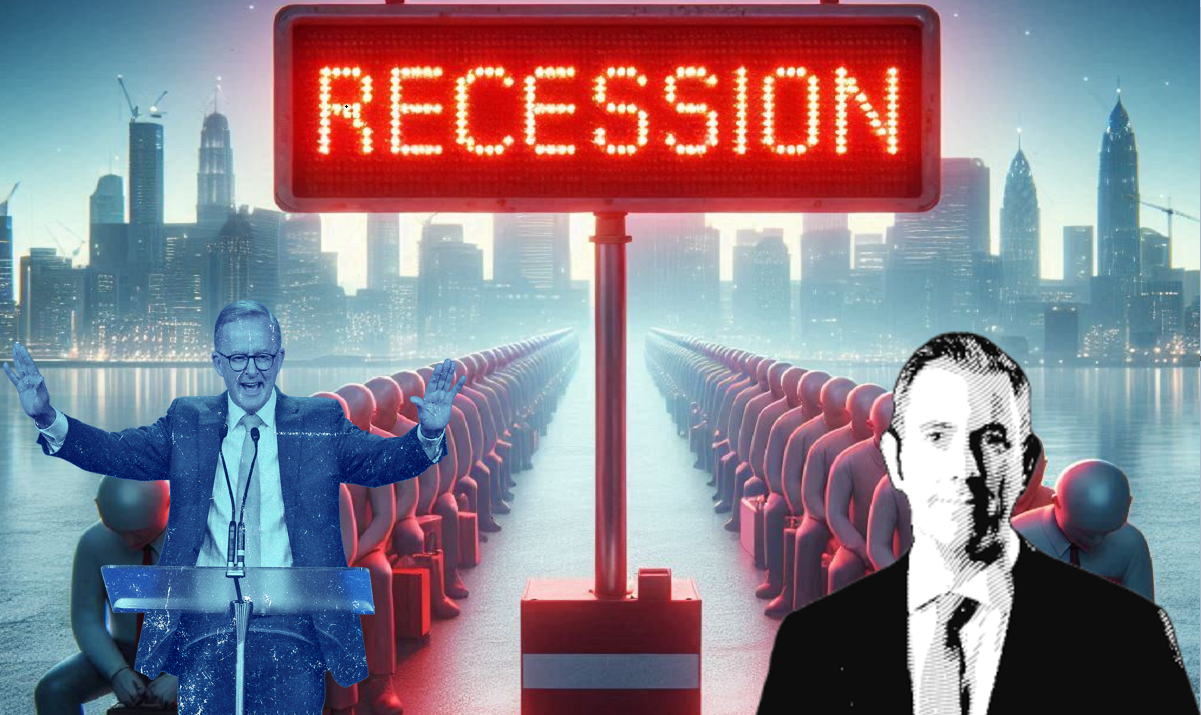Australia’s Job Gains Beat Expectations, Back RBA Rate View

- by Admin
- August 15, 2024

(Bloomberg) — Australia’s jobs growth surpassed all expectations in July while a swelling labor force pushed unemployment up slightly, underscoring the resilience of the labor market to elevated interest rates.
Most Read from Bloomberg
Employment jumped by 58,200 — driven by full-time roles — versus a forecast 20,000 gain, government data showed Thursday. Unemployment still edged up to 4.2% as the participation rate surged to a record high 67.1%.
The Australian dollar and yield on policy sensitive three-year bonds erased an earlier decline as traders trimmed expectations of Reserve Bank rate cuts. Money markets now see the start of the RBA’s easing cycle in December.
“This data flies in the face of our dovish expectations,” said Krishna Bhimavarapu, APAC economist at State Street Global Advisors. “With inflation coming down and the unemployment rate rising, the RBA may be less compelled to consider another hike, but nonetheless may hold the cash rate at 4.35% longer than we expect.”
July’s jump in the participation rate and high employment-to-population ratio “shows that there continues to be a high number of people in jobs, and looking for and finding jobs,” said Kate Lamb, ABS head of labor statistics. “Employment growth was faster than population growth.”
The report comes a week after the RBA left the key rate at a 12-year high of 4.35% while sticking with its hawkish rhetoric. Money markets and economists reckon the RBA’s next move will be a cut, though they’re divided on the timing. The consensus of economists is that an easing will only begin in 2025.
Following the data, the benchmark 10-year yield pared declines to stand at 3.90% after earlier touching 3.86%, the lowest since June 2023. Overnight-indexed swaps still indicated that the RBA will begin easing in December.
“We continue to think no cut this year, and pricing in a full cut by December is overdone,” said Robert Thompson, a strategist at RBC Capital Markets in Sydney. “Our bias is to higher front-end yields here.”
Governor Michele Bullock has all-but ruled out rate cuts in the near-term. She will have an opportunity to share her views on today’s employment data, among other issues, at a parliamentary hearing on Friday.
Bullock has repeatedly expressed a desire to preserve the hefty job gains in the aftermath of the Covid-19 pandemic while reining in inflation, citing the RBA’s dual mandate of price stability and full employment.
Policymakers have recently expressed uncertainty over their estimate of full employment, saying it’s likely around 4.5%. The RBA, which describes its current policy settings as restrictive, next meets Sept. 23-24, when it’s expected to stand pat for a seventh straight meeting.
Thursday’s data showed annual jobs growth held at 3.2% in July.
The report also showed:
-
Full-time roles soared by 60,500 while part-time fell 2,300
-
Employment to population ratio increased to 64.3%
-
Monthly hours worked rose by 0.4%
-
The underutilization rate lifted slightly to 10.6%
-
Underemployment decreased to 6.3%
“The key question from the latest labor force figures is whether the RBA will place more weight on the very strong employment figures or the continued rise in the unemployment rate,” said Callam Pickering, an economist at global job site Indeed Inc.
“Our view is that there probably wasn’t enough in the latest labor force figures to sway Reserve Bank thinking in either direction. Plenty of trends to keep and eye on though.”
–With assistance from Shinjini Datta, Matthew Burgess and Masaki Kondo.
(Updates markets, adds comments from analysts.)
Most Read from Bloomberg Businessweek
©2024 Bloomberg L.P.
The Latest News
-
December 23, 2024This quiet Canadian will make you love YouTube golf again – Australian Golf Digest
-
December 23, 2024Guide Helps Australian Workers Expose Tech Wrongdoings
-
December 23, 2024PPHG achieves GSTC multi-site certification for all its Australian properties – Travel And Tour World
-
December 23, 2024Championship three-peat reward for ‘clinical’ Aussies | cricket.com.au
-
December 23, 2024Australian tennis star Purcell takes on voluntary provisional suspension for breaking anti-doping rules





